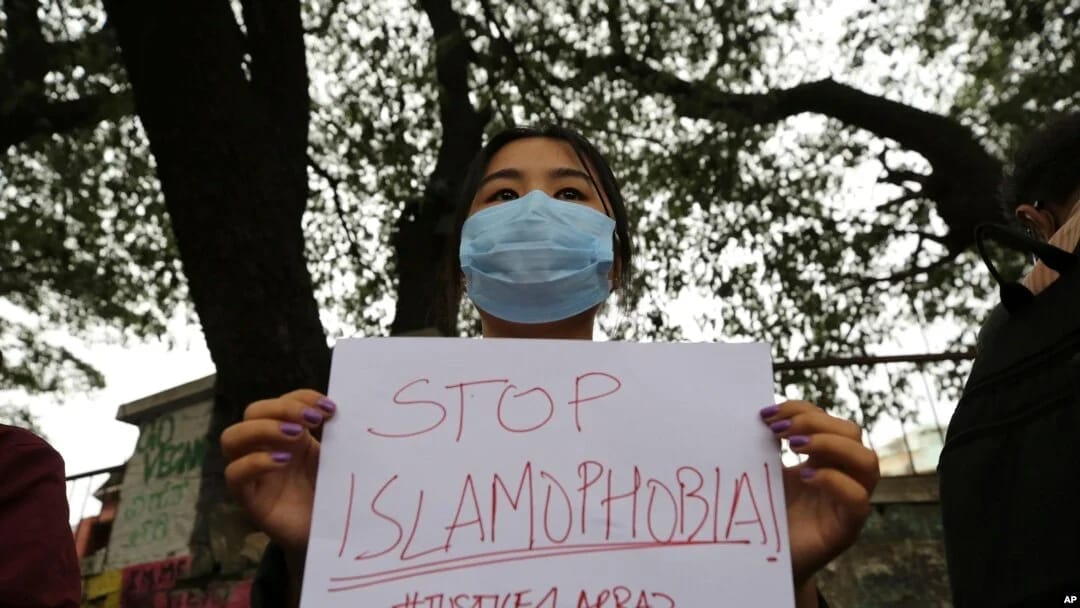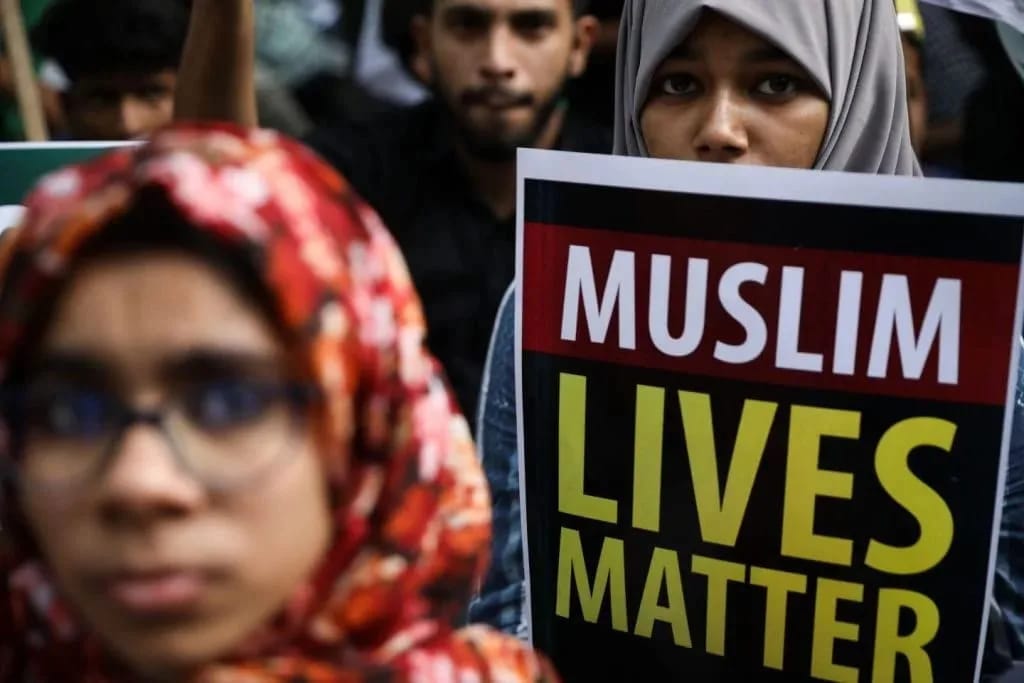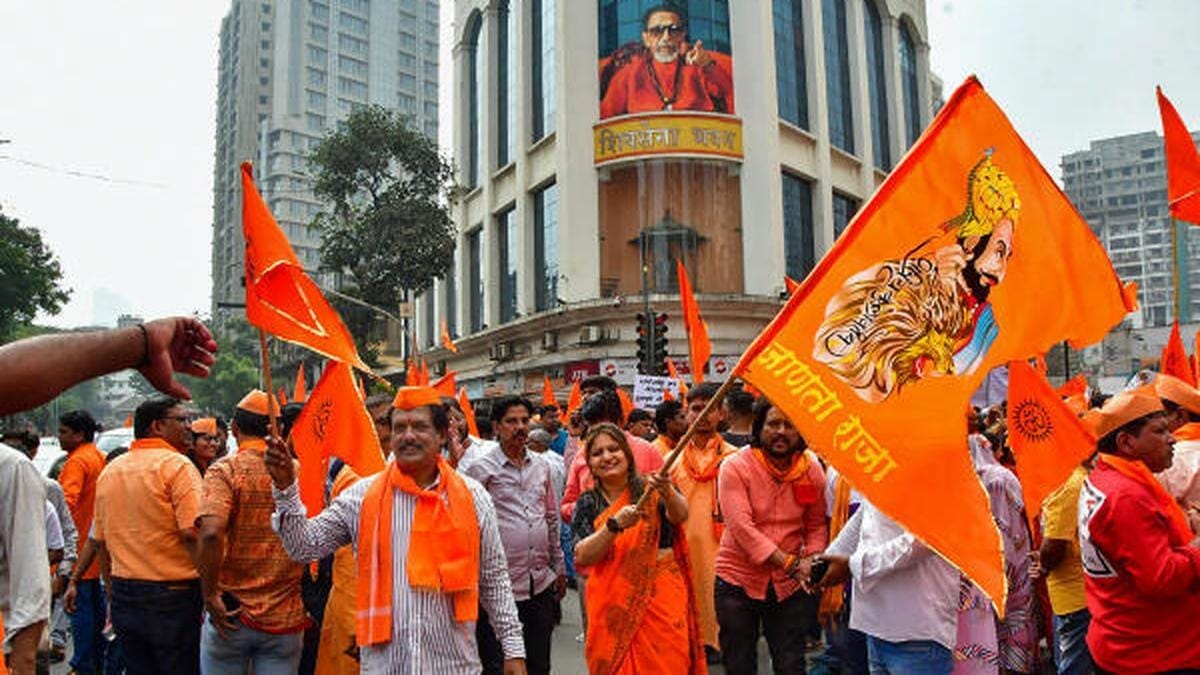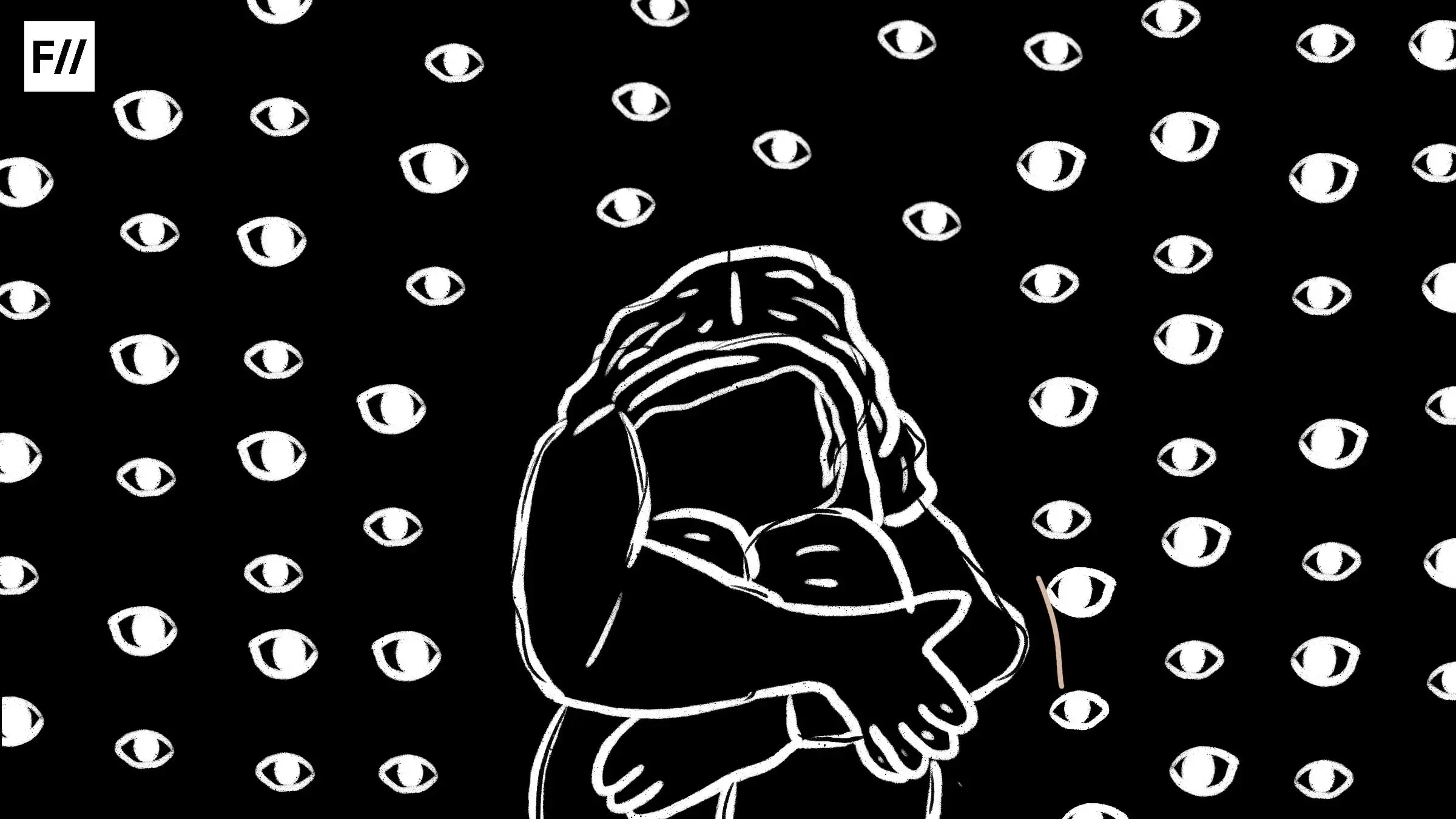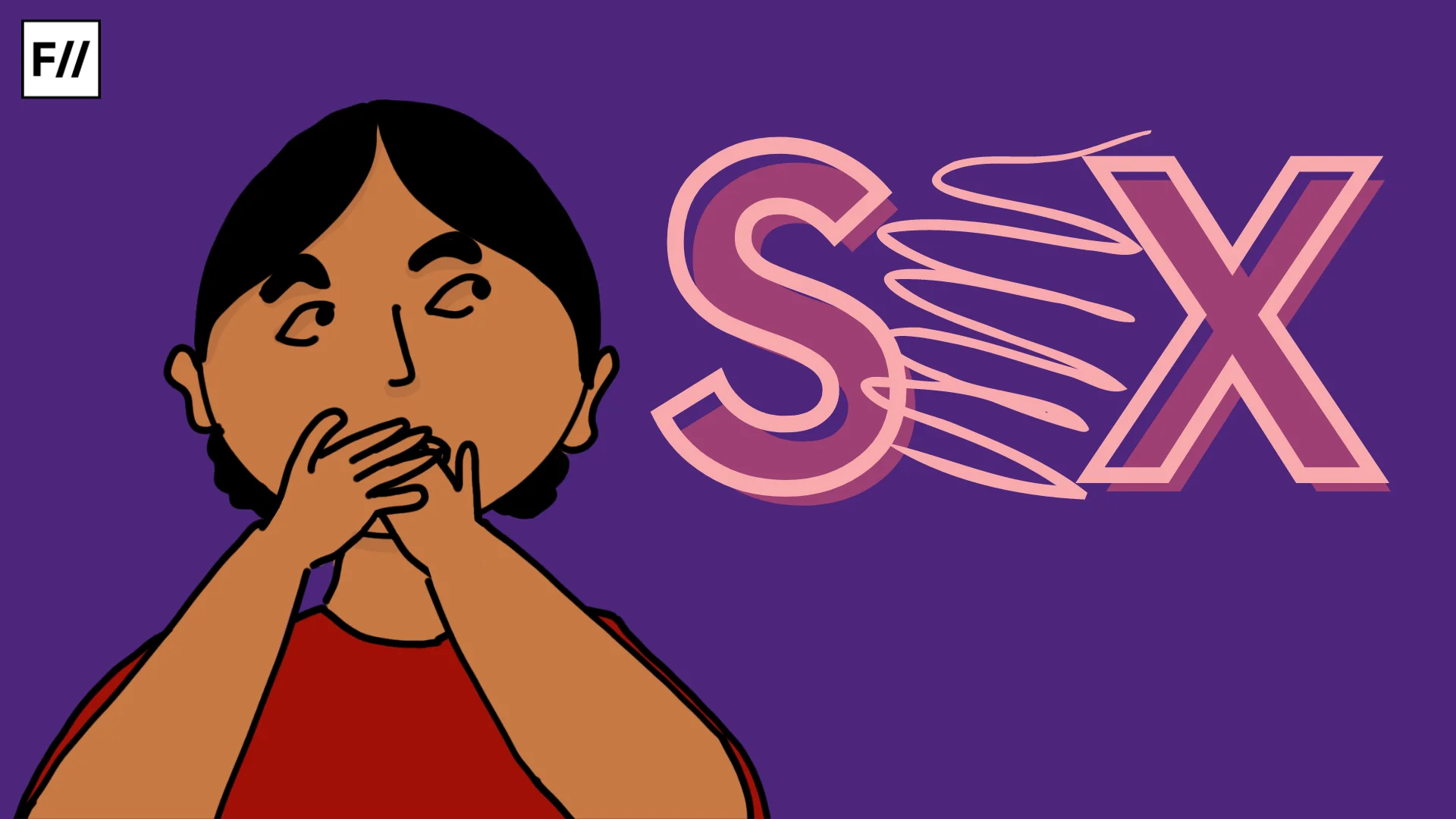On 23rd May 2025, the official X account of the Bharatiya Janata Party’s Karnataka wing posted an AI-generated image of Union Minister Amit Shah holding a cauliflower—with a malicious smile—over a gravestone that read ‘Naxalism Rest in Peace‘. This post, captioned ‘LOL Salaam, Comrade!!‘, was posted as a response to the press statement by the Communist Party of India (Marxist-Leninist) Liberation condemning the extrajudicial killing of ‘the General Secretary of CPI (Maoist) Comrade Keshav Rao and other Maoist activists and Adivasis‘ under ‘Operation Kagar’—India’s biggest crackdown to make India Naxalite-free. Under the leadership of Union Minister Amit Shah, the operation seeks to eliminate Naxalites by March 2026.
While using satirical caricatures has been part of political exchange for decades, the invocation of symbolism that is associated with the cauliflowerblatantly incites the decimation of the Muslim community. The accessibility and wide reach of AI-generated art have allowed the public and officials to spread violent fantasies without any repercussions. As artificial intelligence continues to “democratise art”, it has taken out the soul of human artistry and the integrity that visual art embodies. This constant misuse and exploitation of generative AI to perpetuate hate and evoke emotions that celebrate the annihilation of an entire community has gained impunity due to the astounding normalisation of such tools and visuals.
The “cauliflower” and the symbolism it evokes
The Cauliflower, in recent times, has increasingly been used to depict an open call for bloodshed of Muslims. It is a violent symbol that evokes the violent memory that references the 1989 Bhagalpur riots and the massacre of Muslims that followed. These riots saw over 250 villages razed to the ground and the killing of over 1000 people, mostly Muslims.
In August 1989, amid the growing communal distress and intensification of the Ram Janmabhoomi movement, a rumour spread that 200 mutilated bodies of Hindu students were found in a well in Parbatti locality in Bhagalpur town. Later on it was found that there were only 12 bodies, all of them family members of Mohammad Javed, a Muslim. But the rumour had already sparked widespread unrest in the district. This was followed by the Ramshila procession, going towards Ayodhya. Members of the procession passing through Muslim areas shouted provocative slogans while it was stated that crude bombs were thrown over the procession.
While the source of these bombs stayed unclear, it had already triggered riots in the town. In Chanderi, over 70 Muslims were killed, with their bodies being mutilated. And in Bhaglapur’s Logain Village, 116 Muslims were killed by a mob led by police officer Ramchander Singh. Their bodies were buried with cauliflower saplings being planted over the graves to cover up the killings. This came to be known as the cauliflower massacre.
Their bodies were buried with cauliflower saplings being planted over the graves to cover up the killings. This came to be known as the cauliflower massacre.
According to the People’s Union for Democratic Rights (PUDR) report, 93% of the dead were Muslims.
India’s alt-right digital ecosystem and violence disguised as “dark” humour
The invocation of this grotesque historical event has been a recurring coded reference to anti-Muslim violence used widely by right-wing IT cell accounts. It has become a form of crude humour, time and again evoking outright annihilation of the Muslim community that is already facing persecution on all fronts. After the communal violence that started in Nagpur after the protest by Bajrang Dal and Vishwa Hindu Parisha demanding the demolition of Aurangzeb’s tomb, the cauliflower image—used as a meme—circulated by several right-wing accounts, claiming that ‘cauliflower farming‘ was the “solution” to Nagpur violence.
In 2022, The Wire reported that a significant number of young men and women in India have been attracted to a dangerous alt-right digital ecosystem, called ‘trad-wing’. The people that call themselves trads call other right-wingers too liberal. Both the groups believe in Hindu nationalism and the creation of Hindu Rashtra. The difference between the organised hate crime nexus and the alt-right ecosystem is the willingness to openly associate oneself with this ecosystem, gravely committed to the movement of Hindu Rasthra and their religious supremacy by expressing themselves through dark or twisted “humour”.
In a research paper, ‘The Nationalism in the Digital Age: Fun as a Meta Practice of Extreme Speech‘, Sahana Udupa emphasises that “fun” is a salient aspect of right-wing mobilisation, stating that this kind of activity expands and evolves into ‘group identification and collective (if at times anonymous) celebration of aggression‘.
AI, while being used brazenly to call for the annihilation of the Muslim community, is also being actively used as a tool to sexualise the religious garments tied to Muslim women.
The moral apathy, genocidal jokes, and the repeated dehumanisation of the Muslim community—while actively advocating for their extermination—have been so audaciously normalised that it doesn’t trigger any legal action when the official account of the state wing of the ruling party uses the same symbolism and explicitly glorifies the horrors committed against the Muslims of the country. Having received around 32,000 likes on X, the post has not been taken down yet. It sits unabashedly on their official account as a harbinger of a crumbled secularist democracy as we watch the history of unprecedented oppression write itself.
Fetishisation and fantasies of sexual violence against Muslim women using AI
AI, while being used brazenly to call for the annihilation of the Muslim community, is also being actively used as a tool to sexualise the religious garments tied to Muslim women. This is done to assert a sense of control over the Muslim community, as women’s bodies have for centuries been seen as a symbol of honour for the community. Thus, by targeting Muslim women, fetishising and creating fantasies of sexual violence against them becomes an act of subversion of the whole community. This has been called “gendered communalism” by scholars, where a woman’s body becomes a site of control, oppression and domination.
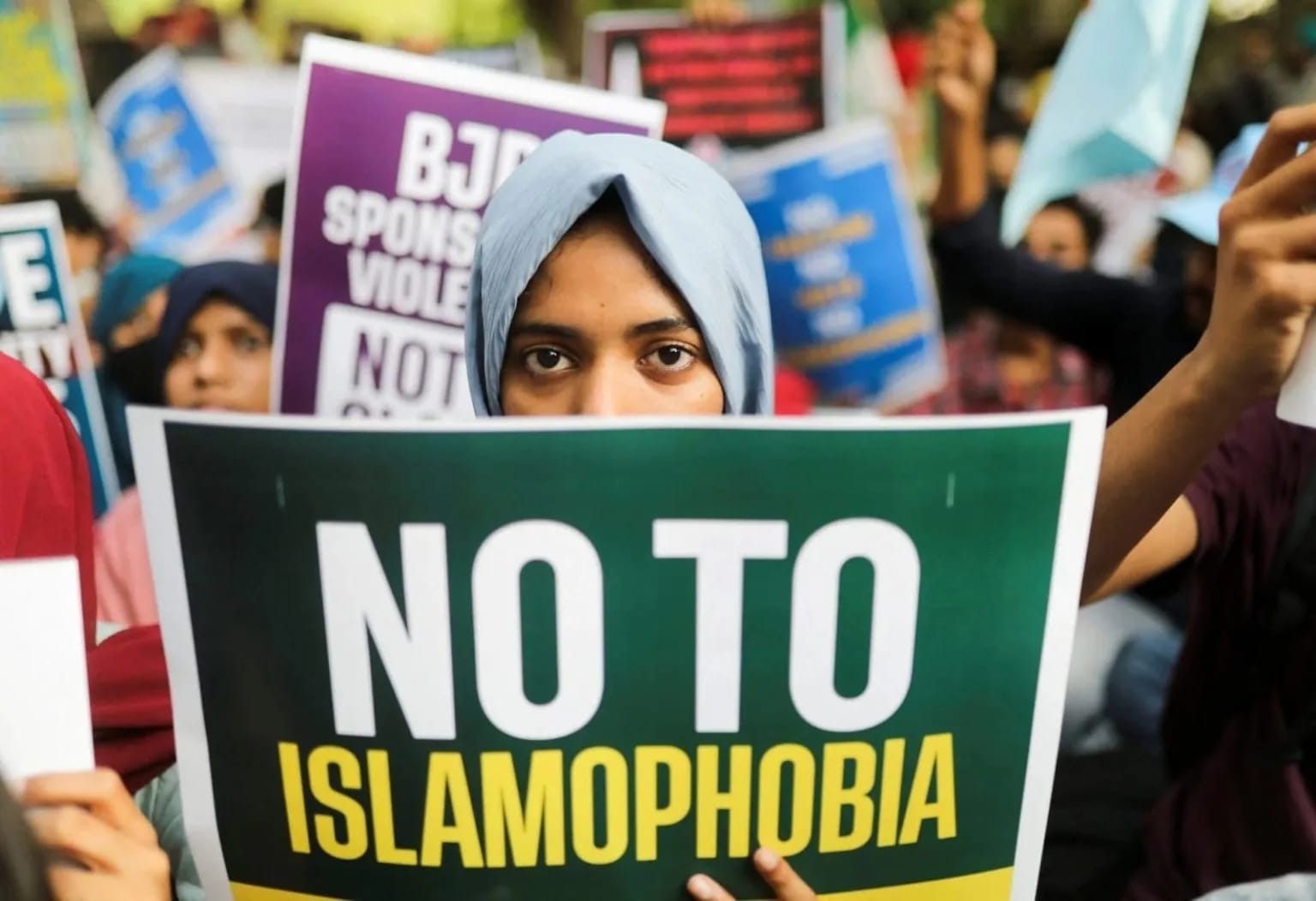
The creation and depiction of Muslim women as sexualised figures—submissive and intimidated—alongside Hindu men are not isolated from the visual imagery of total annihilation of the Muslim community. These instances feed on each other while simultaneously fuelling the desire to hold power over the Muslim community as a whole through different forms—sexual and physical violence.
AI as a tool to spread propaganda and invoke historical trauma
‘An insult to life itself‘ is what Hayao Miyazaki had commented after witnessing the prospects of AI-generated art in a 2016 documentary. Miyazaki dedicated his life and years of painstaking labour to create every single frame in Ghibli art style. He himself insisted that AI would never carry the sense of a human connection and suffering that true art embodies in its essence.
An art form that embodies the deep connection to nature and human values is being evoked to satisfy the bloodlust of these alt-right groups. The generation and recreation of past atrocities or future fantasies have been used as a provocative tool—an aestheticised depiction of violence to make it palatable for their targeted audience. The AI generation of art had created a buzz when it was first launched, with the internet being divided into two groups.
The people opposing it rightly invoked the ethical underpinnings of using AI for creating art, and it has not been long since AI has been used for creations that lack a moral compass and the historical understanding of the events it recreates. The widespread reproduction of violent imagery detached from any weight of empathy and accountability is an invasion—a crack into the historical and intergenerational trauma that the marginalised communities carry with them.
The ease of generating AI art has also led to its mass circulation, an overwhelming flood of propaganda and content that distorts history while simultaneously creating a new reality.
The ease of generating AI art has also led to its mass circulation, an overwhelming flood of propaganda and content that distorts history while simultaneously creating a new reality. This leads to manipulation of public emotions and becomes a form of social conditioning. The influence of AI depicted horrors with no regulations to keep AI-generated art and writing in check has also allowed it to sweep into mainstream digital ecosystems while becoming an acceptable “norm”.
About the author(s)
Reeba Khan is a Political Science student at Delhi University. As a writer and student journalist, she has a keen interest in issues of identity, conflict, and politics of belonging. She writes to remember and to resist
